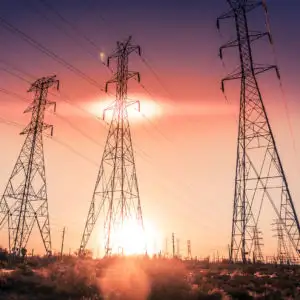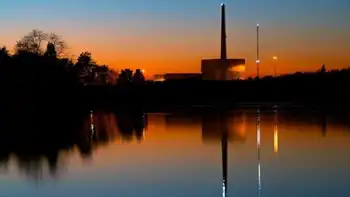Manitoba Hydro's burgeoning debt surpasses $19 billion

NFPA 70e Training - Arc Flash
Our customized live online or in‑person group training can be delivered to your staff at your location.

- Live Online
- 6 hours Instructor-led
- Group Training Available
Manitoba Hydro Debt Load surges past $19.2B as the Crown corporation faces shrinking net income, restructuring costs, and PUB rate decisions, driven by Bipole III, Keeyask construction, aging infrastructure, and rising interest rate risks.
Key Points
Manitoba Hydro Debt Load refers to the utility's escalating borrowings exceeding $19B, pressuring rates and finances.
✅ Debt rose to $19.2B; projected near $25B within five years.
✅ Major drivers: Bipole III, Keeyask, aging assets, restructuring.
✅ Rate hikes sought; PUB approved 3.6% vs 7.9% request.
Manitoba Hydro's debt load now exceeds $19 billion as the provincial Crown corporation grapples with a shrinking net income amid ongoing efforts to slay costs.
The utility's annual report, to be released publicly on Tuesday, also shows its total consolidated net income slumped from $71 million in 2016-2017 to $37 million in the last fiscal year, mirroring a Hydro One profit drop as electricity revenue fell.
It said efforts to restructure the utility and reduce costs are partly to blame for the $34 million drop in year-over-year income.
These earnings come nowhere close, however, to alleviating Hydro's long-term debt problem, a dynamic also seen in a BC Hydro deferred costs report about customer exposure. The figure is pegged at $19.2 billion this fiscal year, up from $16.1 billion the previous year and $14.2 billion in 2016.
The utility projects its debt will grow to about $25 billion in the next five years. Its largest expenses include finishing the Bipole III line, working on the Keeyask Generating System that is halfway done and rebuilding aging wood poles and substations, the report said.
"This level of debt increases the potential financial exposure from risks facing the corporation and is a concern for both
the corporation and our customers who may be exposed to higher rate increases in the event of rising interest rates, a prolonged drought or a major system failure," outgoing president and CEO Kelvin Shepherd wrote.
The income drop is primarily a result of the $50 million spent in the form of restructuring charges associated with the utility's efforts to streamline the organization and drive down costs, amid NDP criticism of Hydro changes related to government policy.
Those efforts included the implementation of buyouts for employees through what the utility dubbed its "voluntary departure program."
Among the changes, Manitoba Hydro reduced its workforce by 800 employees, which is expected to save the utility over $90 million per year. It also reduced its management positions by 26 per cent, a Monday news release said, while Hydro One leadership upheaval in Ontario drove its shares down during comparable governance turmoil.
To improve its financial situation, Hydro has applied for rate increases, even as the Consumers Coalition pushes to have the proposal rejected. The Public Utilities Board offered a 3.6 per cent average rate hike, instead of the 7.9 per cent jump the utility asked for.
In May, when the PUB rendered its decision, it made several recommendations as an alternative to raising rates, including receiving a share of carbon tax revenue and asking the government to help pay for Bipole III.
Hydro is projecting a net income of $70 million for 2018-2019, which includes the impact of the recent rate increase. That total reflects an approximately 20 per cent reduction in net income from 2017-18 after restructuring costs are calculated.











